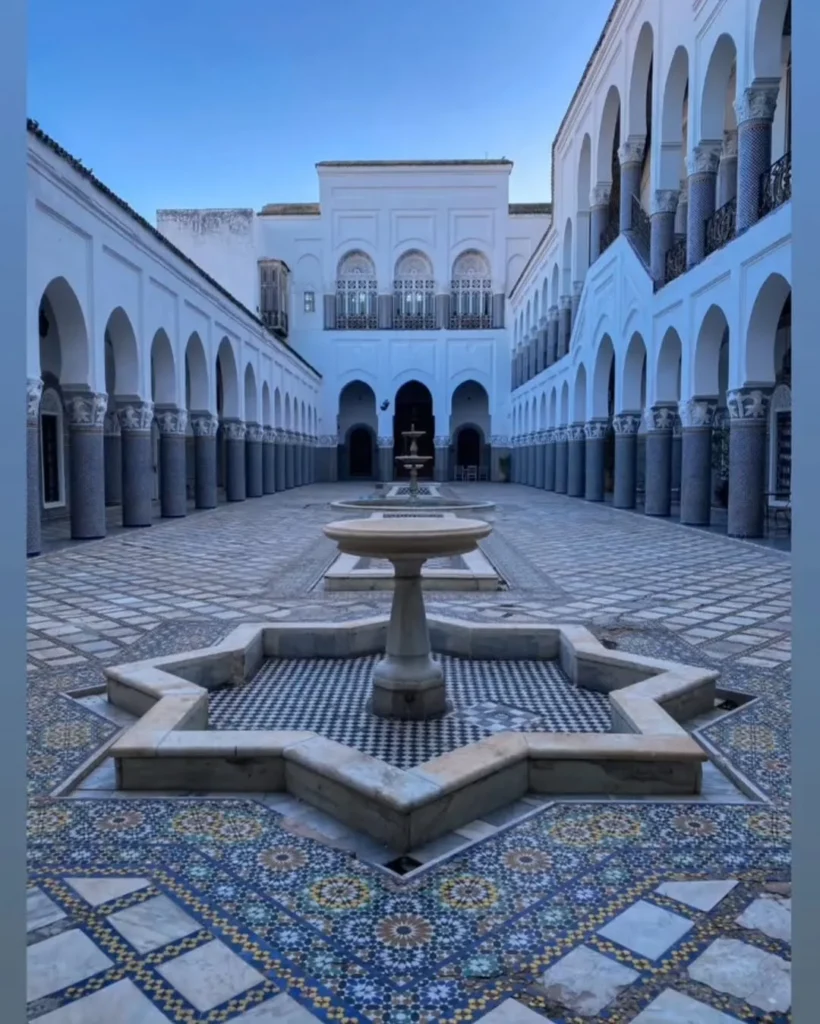When walking through the old streets of Fez, one cannot help but notice the dazzling walls, fountains, and courtyards decorated with colorful zellij tiles. Known as the art of Moroccan mosaic, zellij is more than decoration—it is a centuries-old tradition that represents the soul of Fez and Moroccan craftsmanship.
Origins of Zellij
The art of zellij dates back to the 10th century during the rule of the Idrisid and Almoravid dynasties. However, it was during the Marinid dynasty in the 13th–14th centuries that the craft flourished, especially in Fez, which became the capital of culture and artistry.
How Zellij is Made
Creating zellij is a meticulous process that requires skill and patience:
1. Artisans start by hand-cutting square tiles of clay.
2. These tiles are then fired in kilns and glazed in vibrant colors.
3. Craftsmen carefully chisel the tiles into precise geometric shapes.
4. Finally, the small pieces are assembled like a puzzle to form stunning geometric patterns.
The result is a breathtaking design that symbolizes harmony, infinity, and the beauty of Islamic art.
Colors and Symbolism
Traditional zellij tiles are often made in four main colors, each with symbolic meaning:
Blue – representing spirituality and the sky
Green – symbolizing Islam and nature
White – purity and light
Brown/Yellow – the earth and warmth
In Fez, these colors dominate mosques, madrasas, and palaces, reflecting the city’s spiritual and cultural essence.
Zellij in Fez Architecture
Fez is considered the capital of zellij art. Some of the best examples can be admired in:
Al-Qarawiyyin University and Mosque
Bou Inania Madrasa
Traditional riads and fountains across the medina
Every piece of zellij is handcrafted, making it unique and impossible to replicate with modern machines.
Modern Significance
Today, Moroccan zellij continues to inspire architects and designers worldwide. From luxury hotels to modern homes, the timeless elegance of zellij remains a symbol of Morocco’s cultural heritage. Fez, as the birthplace of this art, keeps the tradition alive through its skilled artisans, many of whom inherit the craft from their ancestors.

